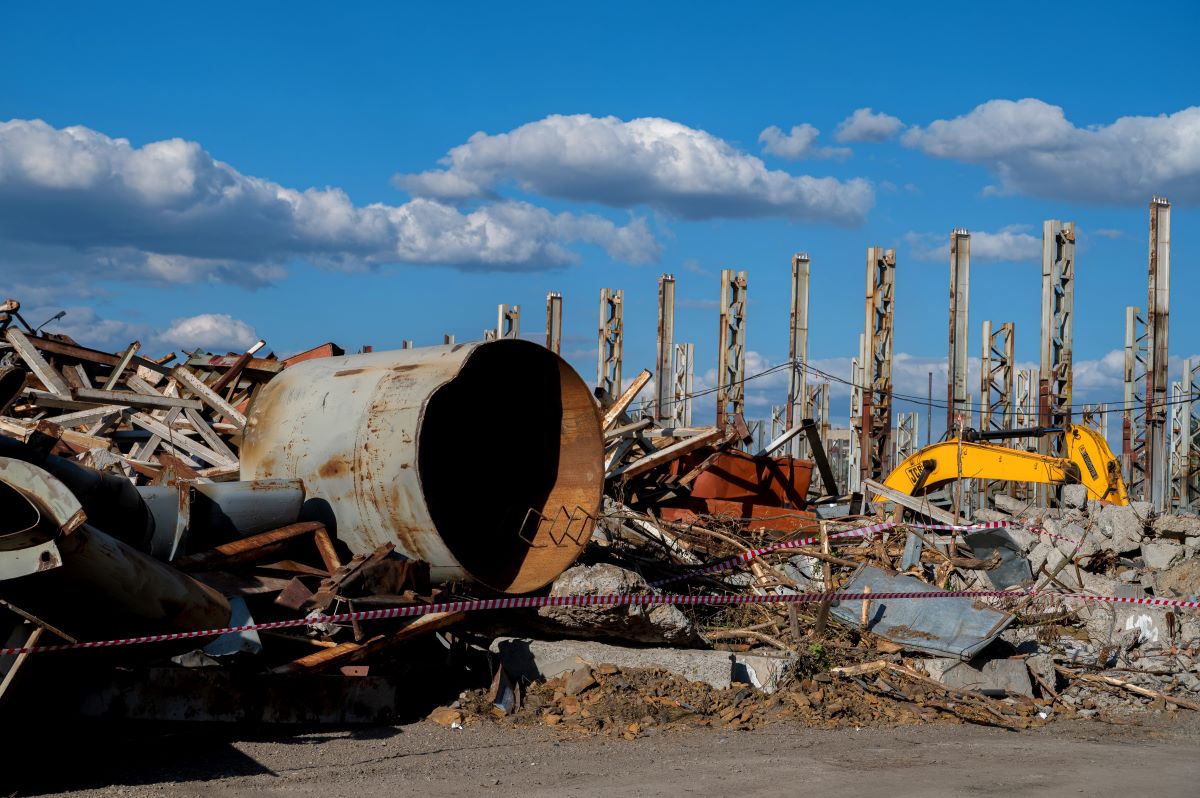Table of Contents
ToggleInvestment recovery is a process that offers many benefits, especially when it comes to making use of scrapped electrical parts and equipment.
In many demolition projects, there is often a surplus of electrical components that are either discarded or sent to landfills. However, by engaging in investment recovery, companies have the opportunity to recoup some of the value of these unused assets, ultimately offsetting the costs associated with demolition.
This not only helps reduce the amount of waste going into landfills but also provides a valuable source of cash for industrial and demolition companies.
Introduction to Investment Recovery
What Is Investment Recovery?
Investment recovery, also known as asset recovery or surplus management, is a strategic business practice where organizations aim to maximize the residual value of unused or end-of-life assets. These assets can range from scrapped electrical parts and unused machinery to obsolete equipment and redundant properties.
Instead of disposing of these items, which often leads to a negative impact on the environment and financial loss, companies turn to investment recovery. The process involves identifying unused assets, determining their remaining value, and choosing the most beneficial method of disposition. This could be through selling, repurposing, recycling, or donating these assets.
In doing so, investment recovery can transform what might have been considered ‘scrap’ or ‘waste’ into a source of revenue or cost savings. Consequently, it allows companies not just to recover a part of their investment but also promotes sustainable business practices.
Why Is Investment Recovery Integral?
Investment recovery is integral for several reasons.
First, it allows organizations to recoup a portion of their initial investment costs. This is particularly significant for companies dealing with high-value assets or those that regularly update or replace their equipment.
Second, it plays a crucial role in promoting sustainability and reducing environmental impact. By choosing to sell, recycle, or repurpose unused assets, companies can minimize the amount of waste going to landfills and reduce their carbon footprint.
Third, investment recovery can also offer tax benefits. Depending on the jurisdiction, companies might be eligible for tax deductions when they choose to donate or recycle their unused assets.
Lastly, it promotes efficient resource use within the organization. Through regular audits and asset tracking, companies can identify underutilized resources and redirect them where they might serve a better purpose. This can lead to significant operational efficiency and cost savings.
Investment recovery isn’t just about asset disposal; it’s about asset optimization, which can result in financial, environmental, and operational benefits.
The Mechanics of Investment Recovery
The Role of Identification in Investment Recovery
The initial step in the investment recovery process is identification.
Identification involves an extensive audit of a company’s assets to determine what is no longer needed or what is not being used to its full potential. This can include anything from scrapped electrical parts and outdated machinery to unused properties or even surplus inventory. The goal of this step is to identify any assets that could be sold, repurposed, recycled, or donated rather than being left idle or disposed of irresponsibly.
Accurate identification requires a thorough understanding of the company’s operations, asset lifecycle, and market trends. It’s not just about recognizing what is redundant but also understanding its potential value and demand in secondary markets. This process may require the expertise of asset managers, accountants, and market analysts.
Identification is the foundation of investment recovery. If this step is skipped or not done correctly, a company might miss out on potential revenue or cost-saving opportunities. Therefore, it’s crucial to invest time and resources in this stage to ensure a successful investment recovery process.
Redeployment: The Reuse Stage
After identifying surplus or unused assets, the next stage in investment recovery is redeployment, often referred to as the reuse stage.
This stage involves repurposing or reusing the identified assets within the organization. Redeployment can be a cost-effective way to maximize the value of an asset, as it can eliminate the need to purchase new equipment or components.
Redeployment involves recognizing the potential of an asset to serve a different function from its original purpose. For instance, an unused motor control from a discontinued production line could be repurposed for another operational area within the organization.
Redeployment requires strategic planning and coordination across different departments to ensure that the repurposed assets align with the company’s operational requirements and standards. It’s also essential to consider the costs associated with redeployment, including transportation, refurbishment, or retraining of staff, to ensure that it’s a cost-effective solution.
The reuse stage in the investment recovery process not only aids in cost savings but also promotes sustainability by reducing the demand for new products and minimizing waste.
Divestment: Unleashing the Final Potential
If an asset cannot be redeployed within the organization, the final step of the investment recovery process is divestment. Divestment unleashes the remaining potential of the asset by transitioning it out of the company in the most beneficial way. This could involve selling the asset to a third-party buyer, recycling it responsibly, donating it to a charitable organization, or even scrapping it for parts.
Selling surplus assets, such as scrapped electrical parts, to third-party buyers can generate unexpected revenue and help recover some of the initial investment. This is particularly significant for high-value assets or for companies in the industrial sector where equipment and machinery can be quite expensive. Recycling or scrapping assets can also contribute to the company’s sustainability efforts while potentially offering some residual value.
Lastly, donating unused assets can provide significant tax benefits while supporting community initiatives.
In essence, divestment allows companies to derive the maximum value from their unused assets, while ensuring they are disposed of responsibly and sustainably.
Investment Recovery in Action: A Simplified Example
Understanding Investment Recovery Through Susan’s Story
To better comprehend the process of investment recovery, let’s follow a simplified example through Susan’s story. Susan is a factory manager at an industrial company that recently upgraded its electrical system. As a result, she was left with a surplus of old electrical components, including circuit breakers, electrical cabinets, and motor controls.
Instead of discarding these assets, Susan decided to engage in an investment recovery process. She started with identification, conducting a thorough audit of the unused assets, and determining their potential value. She discovered that some of the unused assets could be repurposed or reused in other areas of her factory, so she coordinated their redeployment.
However, some of the electrical components couldn’t be redeployed internally. Instead of wasting them, Susan chose divestment. She contacted a company that purchases excess electrical inventory and managed to sell off the remaining surplus. This generated an unexpected source of income for the company and helped offset the costs associated with their electrical system upgrade.
Through investment recovery, Susan was able to turn what could have been a waste into a source of value, showcasing the real-world application of this process.

Importance of Investment Recovery in Demolition
Investment recovery plays a crucial role in the demolition industry, particularly when it comes to environmental sustainability and cost savings.
Demolition projects often result in a significant amount of waste, including old building materials, machinery, and electrical components. However, many of these ‘waste’ materials still have potential value and can be recovered through investment recovery.
Through a process of identification, redeployment, and divestment, these materials can be sold, recycled, or repurposed, reducing the amount of waste sent to landfills and providing additional revenue for the demolition company. For instance, old electrical components can be sold to companies that specialize in buying and recycling electrical surplus.
Investment recovery can also help offset the costs associated with demolition. By selling off unused assets, demolition companies can recover some of their initial investment and reduce the overall costs of the demolition project.
Investment recovery in demolition not only helps save money but also contributes significantly towards environmental protection. It promotes the circular economy concept, where resources are kept in use for as long as possible, extracting the maximum value from them while in use, and recovering and regenerating products and materials at the end of their service life.
The Anatomy of Effective Investment Recovery
Diverse Methods of Asset Sales
When it comes to divestment, there are several avenues a company can explore to sell its unused assets. Each method has its advantages and can be suitable depending on the type of asset and the company’s specific needs.
One common method is through direct sales to third-party buyers. This could involve selling to other businesses, individuals, or even companies that specialize in buying surplus items, such as scrap electrical parts. This method can generate immediate income and is particularly useful for high-value or specialized equipment.
Another method is through auctions or online marketplaces. These platforms can reach a wide audience and can be particularly successful for items that have a broad appeal or for selling a large volume of items quickly.
Finally, consignment sales or brokered sales can be an option, where a third party takes on the responsibility of selling the asset for a fee or a percentage of the sale. This can be a great option for companies that don’t have the time or resources to manage the sales process themselves.
Choosing the right sales method can significantly affect the success of the investment recovery process and can ensure the maximum return on investment.
Repurposing and Recycling: The Green Side of Investment Recovery
Investment recovery isn’t just about financial gain; it also plays a significant role in promoting sustainability and responsible business practices. Repurposing and recycling, two critical aspects of the investment recovery process, are instrumental in driving these environmental benefits.
Repurposing involves finding new uses for old assets within the organization. This means that instead of buying new equipment, a company can save money and resources by reusing what it already has. This not only reduces the company’s expenditure but also minimizes its demand for new products, which can have a substantial environmental impact.
Recycling, on the other hand, involves breaking down an asset into its core components, which can then be reused to create new products. This can significantly reduce the amount of waste that a company sends to the landfill and can even generate income if the recycled materials are sold. For instance, some components in electrical equipment can be valuable to scrap metal companies.
Both repurposing and recycling are pivotal in promoting a circular economy, where resources are kept in use for as long as possible, maximizing their value and reducing environmental waste. By incorporating these practices into their investment recovery strategy, companies can contribute to sustainability while also improving their bottom line.
Sell Your Electrical Surplus Today
If you have unused or scrapped electrical parts in your inventory, don’t let them go to waste. Utilize their full potential by selling them to a place where they’ll be more useful.
By selling your electrical surplus to us, you’re not only recovering a part of your investment, but you’re also contributing to environmental sustainability by preventing perfectly usable parts from ending up in landfills.
Visit our ‘Sell To Us‘ page today and turn your electrical surplus into cash!
